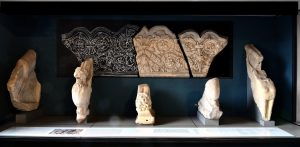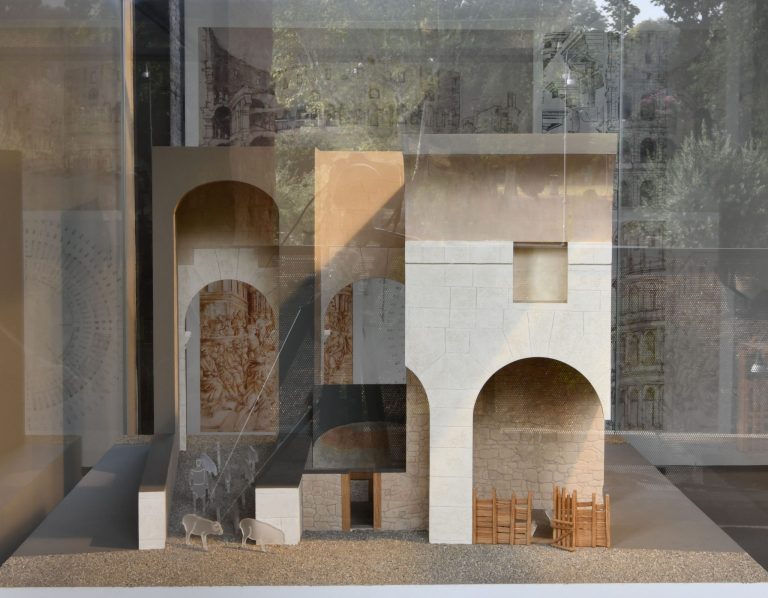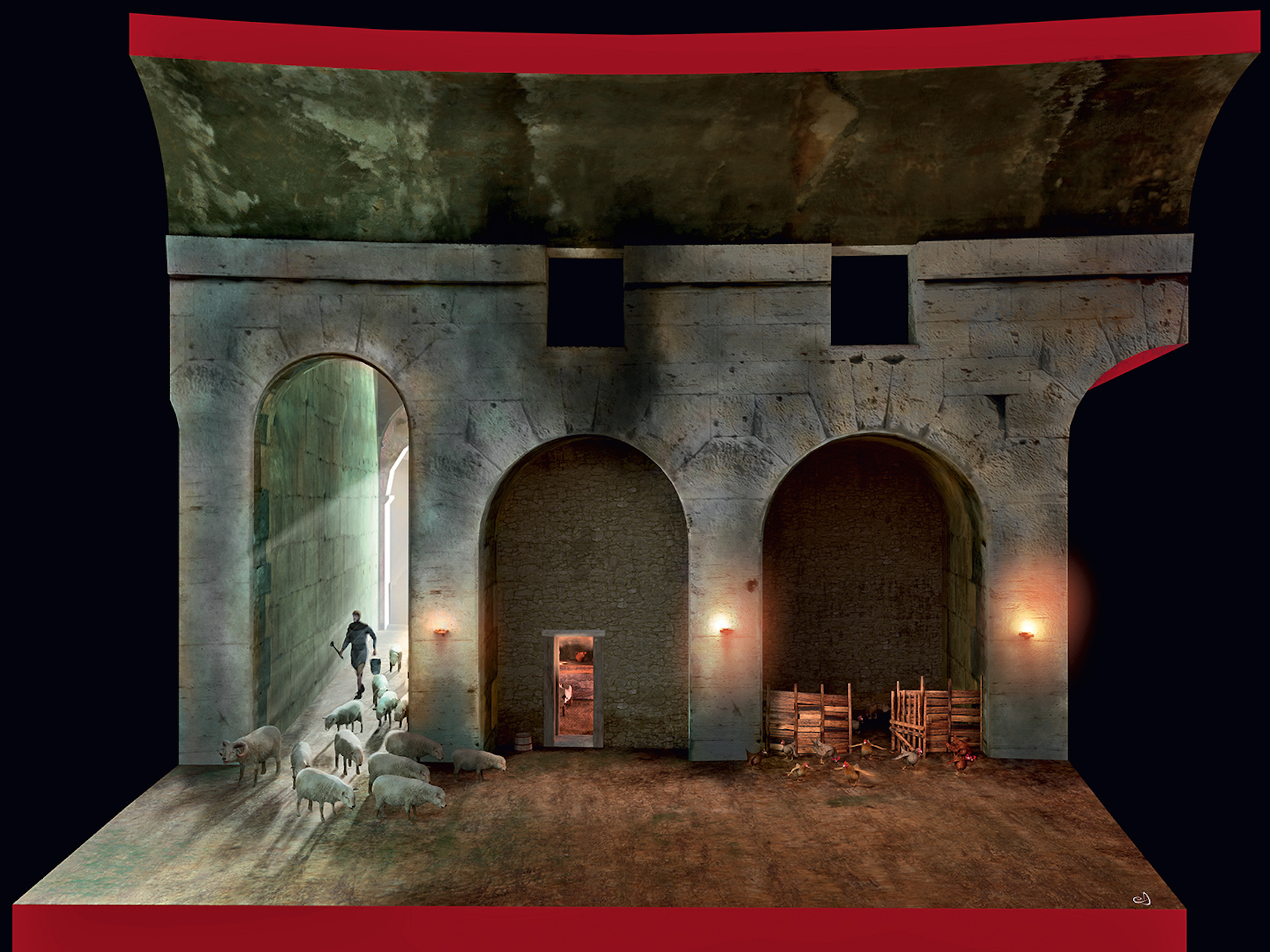Life in the Colosseum in the Middle Ages. #1 – Domus and Cryptae
Although its usage as an entertainment venue slowly came to an end over the course of the 6th century, the Colosseum was not simply abandoned. Instead, a new phase of its life began, in which the ancient amphitheater would take on wholly different functions and connotations.
Prior to the 10th century, there is unfortunately no archaeological evidence to help us understand the Colosseum’s new dynamic. However, we do know that, in addition to the appearance of areas designated for burials in the surrounding area, the unauthorized looting of building materials inside the building began to take place at this time. After the earthquake of 847 AD, what remained of the badly dilapidated southern face gave way completely, creating the so-called coxa (heap of travertine debris) in its wake. From this moment on, of the 80 original external arcades, only 33 on the building’s northern side would remain standing. To this day, the northern side is the only one to maintain its original structural layout, while the two outermost southern galleries have completely disappeared.
Over the course of the 10th century, the Amphitheater fell under the possession of the neighboring Church of Santa Maria Nova, although the earliest archival documents documenting church occupancy of residential and other leased spaces within the Colosseum date to between the 11th and 13th centuries.
During this time, the Colosseum was abuzz with visitors, livestock, craftspeople and renters, giving life to a new and interesting page in its millenary history. Archaeological digs and archival documents dating from the 11th century on attest to the reuse of many of the amphitheater’s spaces as residential structures (domus) or as cryptae.
Cryptae were spaces created beneath the floor of the Colosseum’s cunei (wedge-shaped seating sections) which shared common areas (e.g. courtyards) with other cryptae, although each had its own independent entrance and exit. Cryptae could extend under the seating sections’ stairwells or along the access corridors to the ambulacra, towards the central space of the original arena area. They could serve multiple functions: warehouses, livestock stables, tool sheds, temporary lodging and even shopfronts. They were equipped with masonry countertops covered over in plaster in the best cases, as well as stone hearths, eating and drinking troughs for animals and wooden lofts to store hay. To facilitate the movement of animals and trade goods, the Colosseum’s cryptae were located on its first tier.
Domus, with one or two floors, could apparently reach considerable sizes in some cases, with porticos and vegetable gardens. They were located on the first and even on the second tier.





